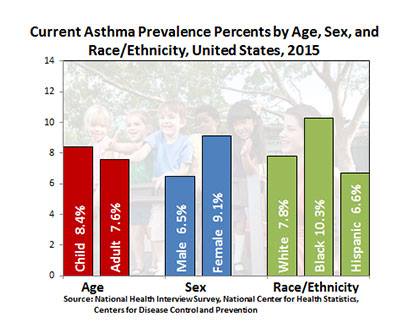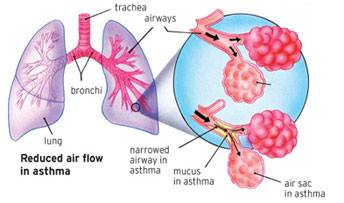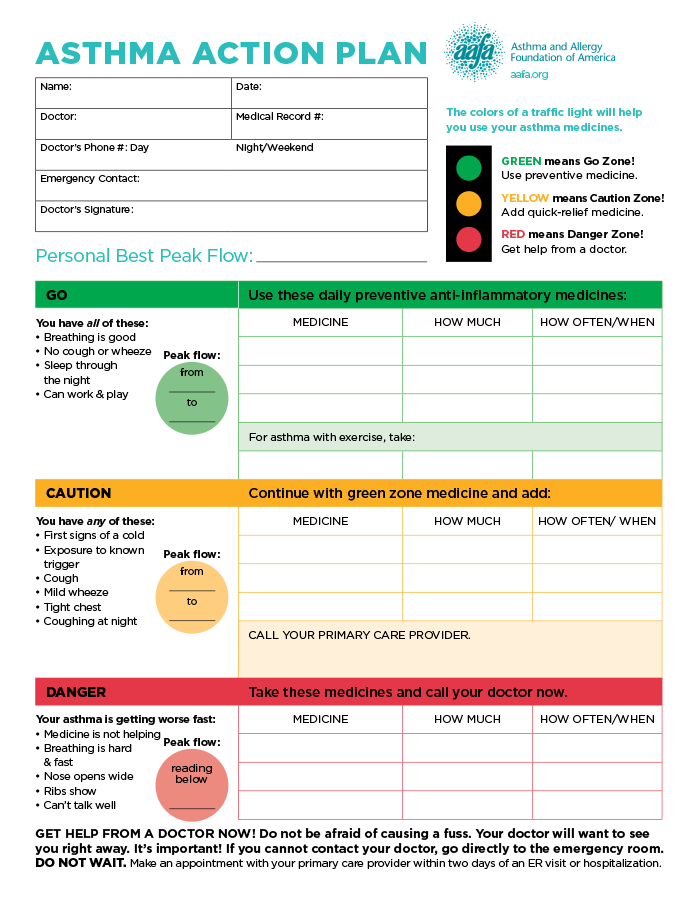Asthma - Beware of the signs

Asthma is one of the major non-communicable diseases worldwide with more than 300 million individuals that currently suffer from it. The prevalence continues to grow with each year, particularly in low and middle-income countries. Symptoms are most common in children. The prevalence varies widely due to Genetic, environmental and occupational risk factors.

It is a chronic disease involving the airways of the lungs. These airways or bronchial tubes, allow air to come in and out of the lungs. They become even more swollen and the muscles around the airways can tighten when something triggers your symptoms. This makes it difficult for air to move in and out of the lungs. For many asthma sufferers, timing of these symptoms is closely related to physical activity.
What are asthma types?

Occupational asthma: Is caused by inhaling fumes, gases, dust or other potentially.
Childhood asthma: millions of children and their families. In fact, the majority of children who develop asthma do so before the age of five.
Seasonal asthma: It happens due to exposure to certain allergens in certain season usually autumn or Spring.
• There are several risk factors which may include; Family history. Exposure to Allergens that provoke an irritation in the airways. Some medications such as non-steroidal anti-inflammatory drugs (NSAIDs) and beta blockers can trigger symptoms.
Symptoms
The most common symptom is wheezing, Shortness of breath, Chest tightness or chronic coughing. Trouble sleeping due to coughing or wheezing.
Children with asthma may show the same symptoms as adults with asthma (coughing, wheezing and shortness of breath).In some children chronic cough may be the only symptom.
Go to the Physician urgently if your child has:
• Coughing that is constant or that is made worse by viral infections or during sleep, is triggered by exercise and cold air.
• Wheezing or whistling sound when your child exhales.
• Shortness of breath or rapid breathing, which may be associated with exercise, Chest tightness, Fatigue (your child may slow down or stop playing).
• Problems feeding or grunting during feeding (infants).
• problems sleeping due to coughing or difficulty breathing.